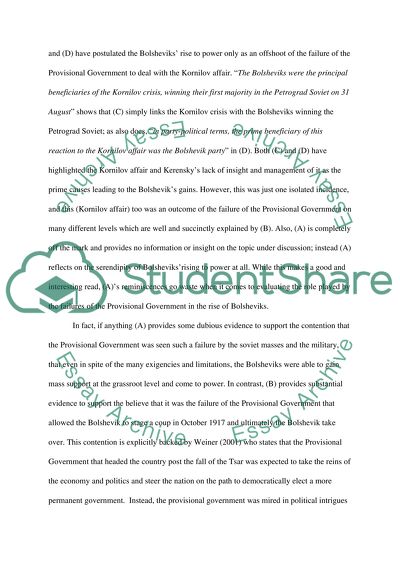Cite this document
(“The nature of the Bolshevik takeover in October 1917 Coursework”, n.d.)
The nature of the Bolshevik takeover in October 1917 Coursework. Retrieved from https://studentshare.org/history/1468622-the-nature-of-the-bolshevik-takeover-in-october
The nature of the Bolshevik takeover in October 1917 Coursework. Retrieved from https://studentshare.org/history/1468622-the-nature-of-the-bolshevik-takeover-in-october
(The Nature of the Bolshevik Takeover in October 1917 Coursework)
The Nature of the Bolshevik Takeover in October 1917 Coursework. https://studentshare.org/history/1468622-the-nature-of-the-bolshevik-takeover-in-october.
The Nature of the Bolshevik Takeover in October 1917 Coursework. https://studentshare.org/history/1468622-the-nature-of-the-bolshevik-takeover-in-october.
“The Nature of the Bolshevik Takeover in October 1917 Coursework”, n.d. https://studentshare.org/history/1468622-the-nature-of-the-bolshevik-takeover-in-october.


